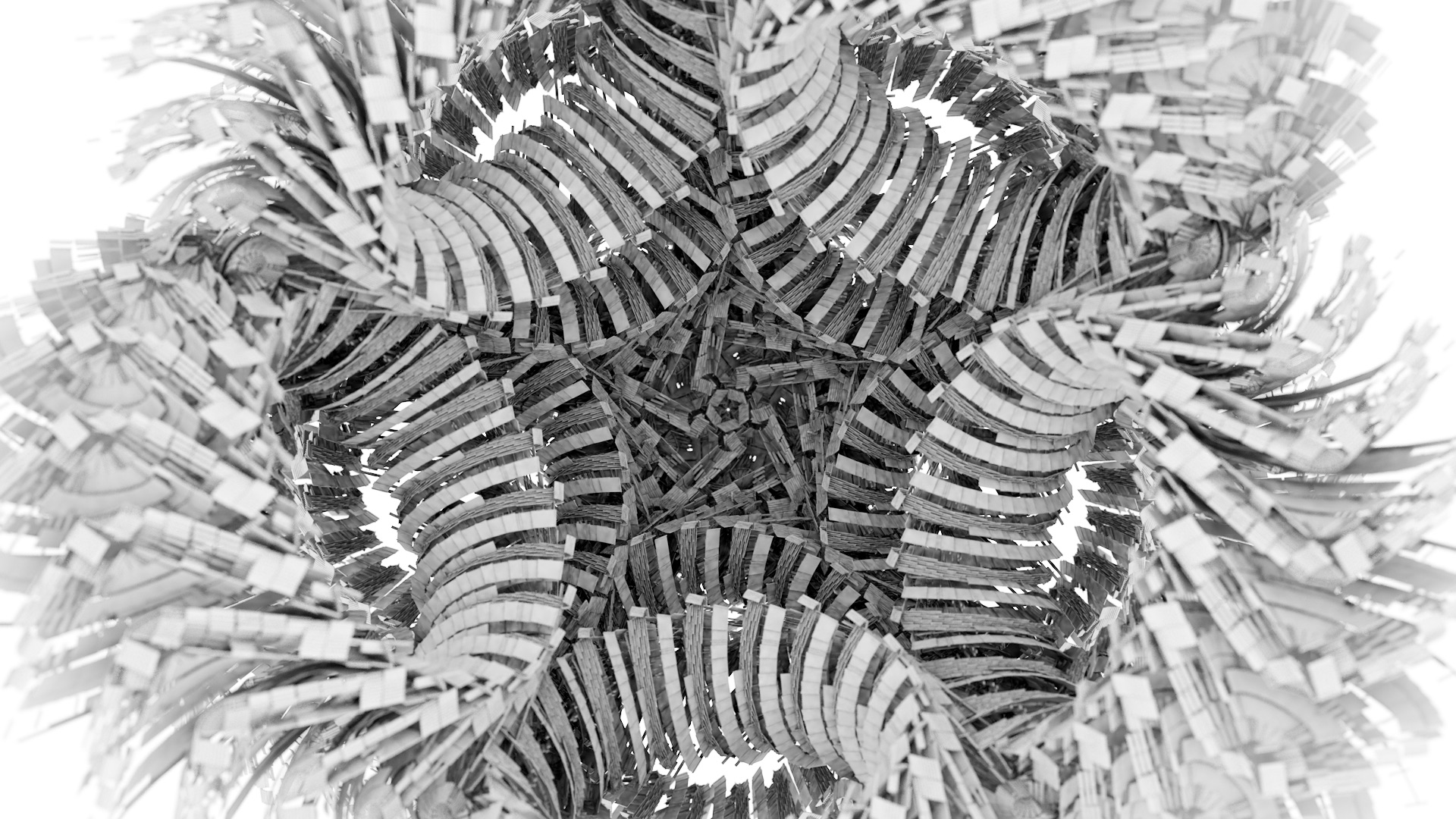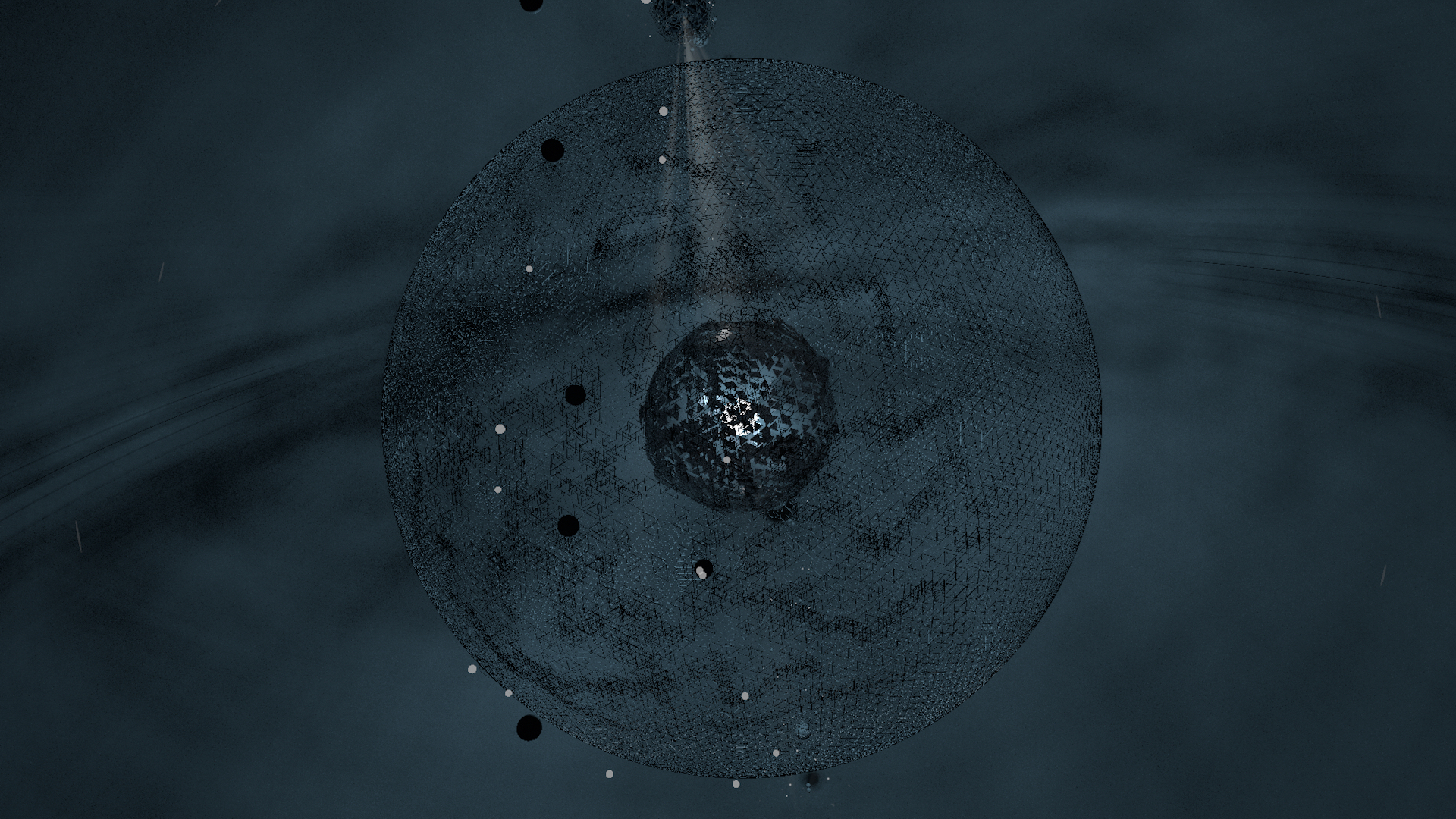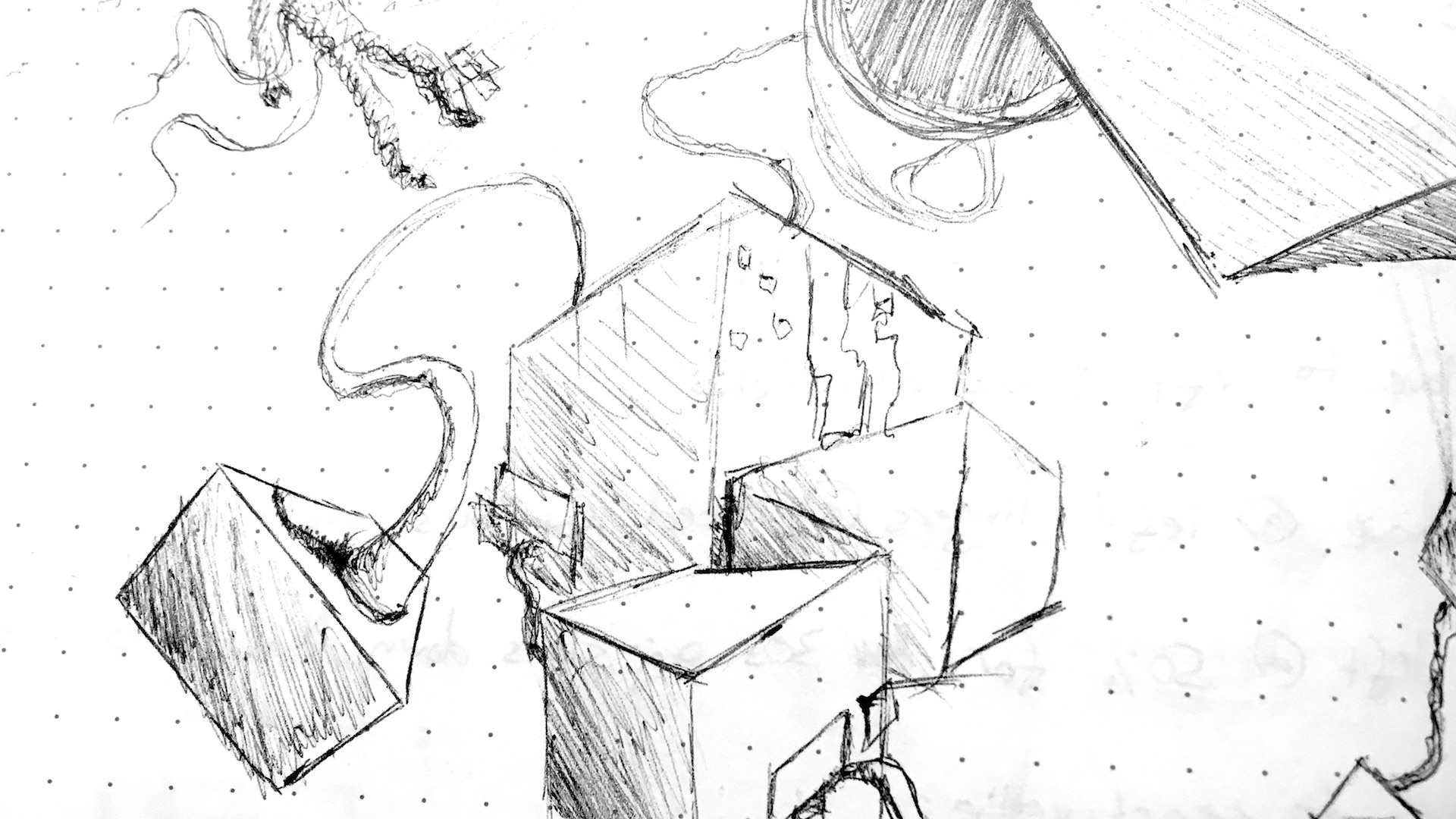Cryostasis Dreams is an interactive motion graphics piece that shows the story of an astronaut's subconscious connecting to a super computer as he flies into the depths of space to push the boundaries of mankind. I wanted to capture the feeling that the mind would go through as it discovers it's new potential with the aid of the computer.
Early Styleframes






















The most fun I had with this project was exploring the capabilities of 3D. I really enjoyed playing with particle systems and procedurally generated objects to create scenes and environments that blurred the lines between natural and man-made constructs. These contrasts in form and composition are how I wanted to represent what was happening inside the astronaut's mind when he connected to the computer.
Motion Beyond Video
Origins
The project initially started as an idea to collaborate with some fellow students on a motion project beyond the curriculum our school had to offer. Unfortunately, due to busy schedules and time constraints I had to move forward alone.
Goals
I really wanted to use this project as an avenue to explore 3D motion graphics and develop a high quality graphic style I would want to further explore in my career professionally.
Opportunities
The problem I saw with motion was that it only comes to life in the time frame of the video it lives in. It's not really interactive and the audience has to sit passively and watch the video. I wanted to use my knowledge of UX design to make this project go past those boundaries.
The Right Ingredients
Early on I wanted to make a project that could visually show the spirituality of a human while also having a relevant, futuristic, and high polished visual style. The idea that came to mind was that of an astronaut's subconscious connecting to the intelligence of a super computer and how the expanded brain power of a human could lead to changes in the way we think and view the universe around us.
I started pulling reference with visuals from artists I really enjoyed and found a musician named Holly who had made a song that I felt really matched the feel of the project. I took a quick snapchat scrolling through the reference images with the music playing in the background, it was at this moment that I felt the creative spark to really pursue the project.
Research & Development
During my time working on this project I was also working as an intern on Project Felix at Adobe. I conducted a lot of research during my time there to understand how users like to work with and enjoy 3D content and found that most users prefer to have larger screen setups for a more immersive environment.
With virtual reality being a popular way to immerse someone in 3D content, that seemed like an appealing medium to use for this project; however after trying out some HTC Vive experiences with friends I noticed that it is a very singular experience that can only be enjoyed by one person at a time.
I started to explore projection mapping as an option to give multiple people the ability to immerse themselves in my project, and found a new program called Omnidome that I had some fun playing with! I reached out to the team behind it, and they were kind enough to provide me with some of their working files to experiment with.
Unfortunately, the cost of setting up a projection mapped environment and the space required for the scale I wanted was a little out of reach and so I decided to scale the project down to a connected display made up of three 30 inch televisions.
Designing Interaction
To add the interactive element to the project I decided to use a leap motion as a controller that my audience could use to speed up or slow down the animation. It would allow them to observe the detail of the story's visuals and give them a connection to the main character's increased sense of control during the Cryostasis Dream.
I used processing to create a controller that detects the users lateral hand movement and tells the animation to play faster if they move their hand to the right, and slower if they move it to the left. If the user doesn't control the animation, the video will automatically resume playing at the rendered frame rate.
It was fun to exercise interaction design principles during this stage of the project and cull out a lot of different gestures a user could input that would confuse the system.
Early Sketches
Some early storyboard sketches for the final animation. Getting back on paper definitely helped me work out a lot of the visual style, and give me direction early on.
Soundtrack
Since I also really enjoy creating music in my free time I wanted to take a stab at working on the soundtrack for this piece as well. I was listening to a lot of classical music and liked the way a grand piano can convey a sense of vastness that fits with the image of outer space. I also really liked the technical sound that a lot of electronic music has today but that isn't one of my areas of expertise. I tried looking for the song that I had found way back when I started the project but couldn't find it anywhere, so I messaged the original composer Holly and told him about my project and he reexported the song and sent me an uncompressed version to use as the soundtrack for the project. The song you hear is a mix of both my composition and Where Does this Leads by Holly.










